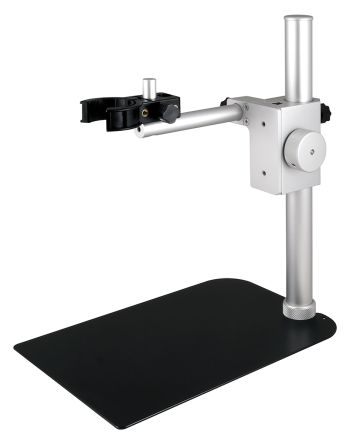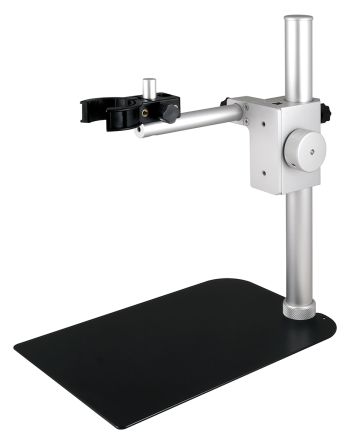
Brand
- Moon Magic 10.297
- Carpe Diem Beds 4.079
- Russell 3.424
- M&S Collection 2.219
- Routledge 1.221
- Callaway 1.169
- Seers 899
- Ping 837
- STI 649
- Rhodes + Scholes 519
- CRC Press 505
- Haynes Manuals UK 457
- FatFace 440
- Fancy Dress Shop 424
- Versace 394
- White Stuff 361
- Titleist 333
- GURA 318
- Cobra 291
- Bott 274
- MTP Products 267
- Superga 266
- EUROKRAFTpro 265
- JP Cages 257
- Wrangler 255
- SOSANDAR 252
- Crew Clothing 251
- TaylorMade 251
- Autograph 250
- Maroxe 247
- Chapman & Hall 233
- Slingsby 231
- Tom Ford 217
- Clymer 211
- Sperry 210
- Seasalt Cornwall 209
- Srixon 208
- Air Jordan 207
- Beechfield 201
- Johnsons 201
- Brother 198
- Camozzi 196
- Nike 177
- Sergio Rossi 173
- Mountz 169
- Dymo 158
- Perry 154
- VANS 150
- Lee 148
- Superdry 145
- Facom 141
- Purestep 132
- Marisio 131
- Carrera 130
- Per Una 129
- Sealey 125
- Brady 122
- Gedore 120
- Dickies 118
- MCGARD 118
- Blaklader 117
- Electronic Arts 115
- Jack & Jones 112
- Genware 111
- MAUSER 111
- Jones Bootmaker 109
- Joules 109
- Louis Poulsen 107
- HAY 105
- Eurocell 104
- Monsoon 104
- Thorup Copenhagen 104
- GPC Industries 102
- KEK 102
- Anglepoise 98
- Belveto 95
- Cleveland 95
- JACK & JONES 93
- Steam 93
- Gordon Measurement 91
- ALM Manufacturing 90
- MOEBE 89
- Odyssey 86
- Police 85
- Hewlett Packard 81
- Polo Ralph Lauren 81
- MonsterShop 80
- Galvin and Galloway 78
- Adidas Originals 77
- HUSH 77
- Epson 75
- FINI 74
- Home Living Luxury 73
- Omron 73
- Jerzees Schoolgear 72
- Whistles 72
- Fritz Hansen 71
- Lego 71
- ASTA 70
- Maytoni 70
Colour
- Black 6.010
- Blue/White 4.430
- White 1.525
- Blue 1.506
- Multi 1.453
- Red 1.215
- Silver 760
- Brown 722
- Pink 702
- black 578
Size
Gender
Merchant
- Zoro UK 10.434
- Moon Magic 10.297
- Marks & Spencer UK 5.968
- Seal Medical 4.227
- carpediembeds.co.uk 4.079
- Routledge 2.186
- Click Golf 1.974
- AndLight.co.uk 1.570
- Zoro UK Limited 1.500
- Golf Gear Direct 1.492
- Alensa.co.uk 1.141
- Home Done 1.073
- K4G.COM 1.037
- Workwear Supermarket 935
- Acorn Fire & Security 932
- RS Components UK 815
- Haynes.com UK 668
- Maroxe 595
- MyTrendyPhone.co.uk 529
- Kick Game 448
- Fancy Dress Shop 424
- Suit Direct 407
- Genuine Vintage Sunglasses 355
- JP Cages 287
- Slam Jam. 266
- Donaghy Bros UK CSS 247
- QD Stores 247
- Glisshop uk 215
- Home Living Luxury 215
- Belveto 212
- Building Plastics Online 185
- Cloving.co.uk 179
- Bioethanol-Fireplace.co.uk 177
- Wrong Weather 177
- Sergio Rossi UK 173
- Pureshoes 132
- My-Deco-Shop 126
- Car Smart 124
- LuisaViaRoma.com 115
- Erysta 113
- Plusshop UK [OLD] 107
- Mobility Smart 102
- Craigmore UK 100
- Ann's Cottage 88
- Luisaviaroma Css 88
- Designhütte Store 84
- Merowings 67
- Fragrance Rich 65
- Furnish My Crib - London 63
- Your Stylish Home 54
Price (EUR)
- <5 1.408
- 5 - 10 1.088
- 10 - 20 2.332
- 20 - 50 10.664
- 50 - 100 10.367
- 100 - 200 10.178
- 200 - 500 7.379
- >500 15.036























